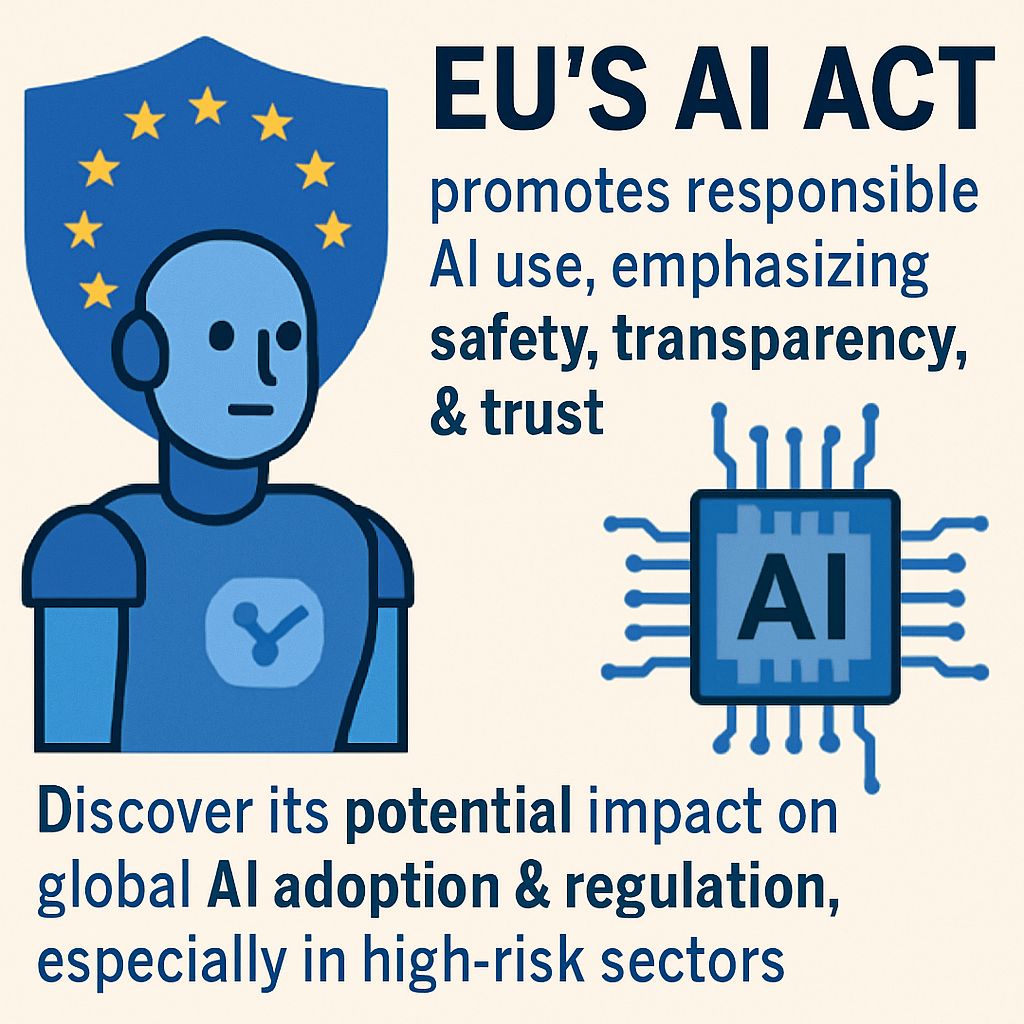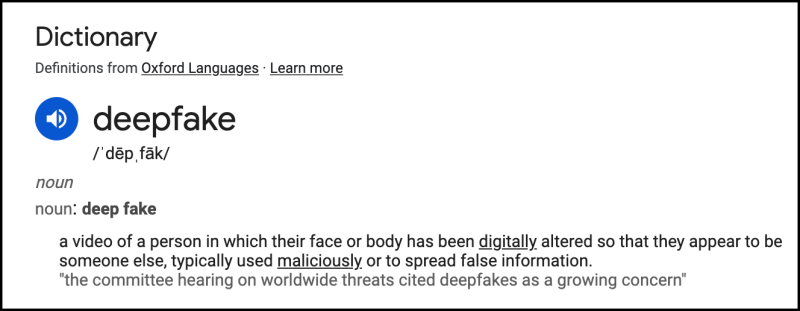2 min read
EU's AI Act: Ethical and Transparent AI Regulations & Implications for the US
I received this email from Coursiv (an online AI educational platform) (beginning email) Hello, You know how we’ve been exploring AI tools and...
5 min read
 RISE Professionals Team
:
Jul 31, 2025 12:06:35 PM
RISE Professionals Team
:
Jul 31, 2025 12:06:35 PM

By: Sean Eldridge, Maggi Wettstein, and Kieran Wilcox
It’s impossible in today’s day and age to not think of AI when you think of technology. AI is transformative, revolutionary, and poised to change everything. You’re also probably a bit scared that it could take all our jobs. While we don’t have the final answer to that question, we can tell you that AI is here to stay. We are at the forefront of a significant wave of change, and if you’re not prepared you risk being swept away. By the end of this post, you'll have a better grasp of why AI is different from past technologies that have promised all of these things before and how you can begin to leverage it in claims.
At its core, AI is a tool designed to tackle problems that traditionally required human intervention; converting unstructured data like text or audio into usable, actionable data. Additionally, by design it’s capable of learning and adapting to new situations by absorbing each new piece of data presented to it.
It's equally important to understand what AI isn't. AI isn’t the best tool for every problem. Like any tool, it has its strengths and limitations. AI solutions flip the historical expectations of software on its head. Instead of expecting 100% repeatable and testable results, AI solutions are inevitably going to make mistakes and have errors.
As of today, AI isn’t fully replacing humans. Instead it’s allowing its wielders to accomplish previously unheard of levels of productivity and output. In these scenarios, often the AI plays a role as a personal assistant -- eager to solve your every problem but often requiring oversight and correction to do so.
Understanding AI's strengths and weaknesses is crucial for effectively integrating it into any workflow.
What AI Excels At:
What AI Struggles With:
True creativity: While AI can generate novel combinations of existing data (like creating new images or text), it lacks genuine creativity, intuition, and the ability to innovate beyond its training data or predefined parameters.
You’ve likely also heard the term "agentic AI." This refers to AI systems designed to act autonomously to achieve a goal, often by breaking down complex problems into smaller sub-tasks and executing them. Instead of just providing information or suggestions in a static response, an agentic AI is designed to take initiative and perform a series of actions without constant human prompting.
For example, a traditional AI might summarize a claim document. An agentic AI, however, might not only summarize it but also identify missing information, automatically draft a request for that information, and then follow up if it doesn't receive a response within a set timeframe.
Successful agents are the combination of a multitude of systems and use-cases. First, they allow AI agents to interact with our existing systems, combining the flexibility of an AI with the repeatability and fault tolerance of existing software solutions. Second, well-designed agents allow for regular reviews and check-ins at various stages in the process. This human-in-the-loop approach helps safeguard against the Agent going off the rails or making cascading mistakes while unsupervised.
Agentic AI is the natural evolution and integration of these systems into ever greater systems to solve increasingly ambitious problems. This does in turn introduce even greater considerations around control, safety, and monitoring, as these systems are designed to operate with a higher degree of independence.
AI is changing how we fundamentally interact with systems and processes. What once required human intervention even in the most highly automated systems can now be to some degree handled by a combination of existing systems and AI. This doesn’t mean every task will be handled by AI, it still has plenty of significant shortcomings but unlike previous technological revolutions - every limit we previously had is poised to be shaken up by AI.
The world of insurance claims is rich with data, but a significant portion of it, up to 80% in many large companies, is unstructured. This includes everything from adjusters' notes to PDFs and images. Traditionally, tapping into this wealth of information has been a monumental challenge. For years companies have been building data lakes with all of this related data, attempting to unlock some value from the vast quantities of info they collect.
This is where AI shines. It allows us to access and analyze this unstructured data, bringing a host of benefits:
As powerful as AI is, it introduces new security considerations we need to be mindful of:
AI is a powerful new frontier, offering opportunities to innovate and improve efficiency, especially in data-rich fields like claims. By understanding its capabilities, its limitations, and the new considerations it brings, we can harness its potential responsibly and effectively.
What opportunities do you see for AI in your daily work?
This article originally appeared on: https://community.riseprofessionals.com/c/blogs/ai-101-a-guide-to-understanding-artificial-intelligence-ai-in-claims-6cf71726-5523-4183-b288-507d46b2bd34

2 min read
I received this email from Coursiv (an online AI educational platform) (beginning email) Hello, You know how we’ve been exploring AI tools and...

2 min read
Using AI To Catch AI – Risk & Robots S1E4: Nikos Vekiarides, CEO of Attestiv by Nicholas Lamparelli When conversations on AI happen, it...

1 min read
The New AI Podcast: Risk & Robots (E2) – Using AI to Design a Logo & Review of Notes.ai and Fathom.ai Note Taking Tools in Zoom by Nicholas...